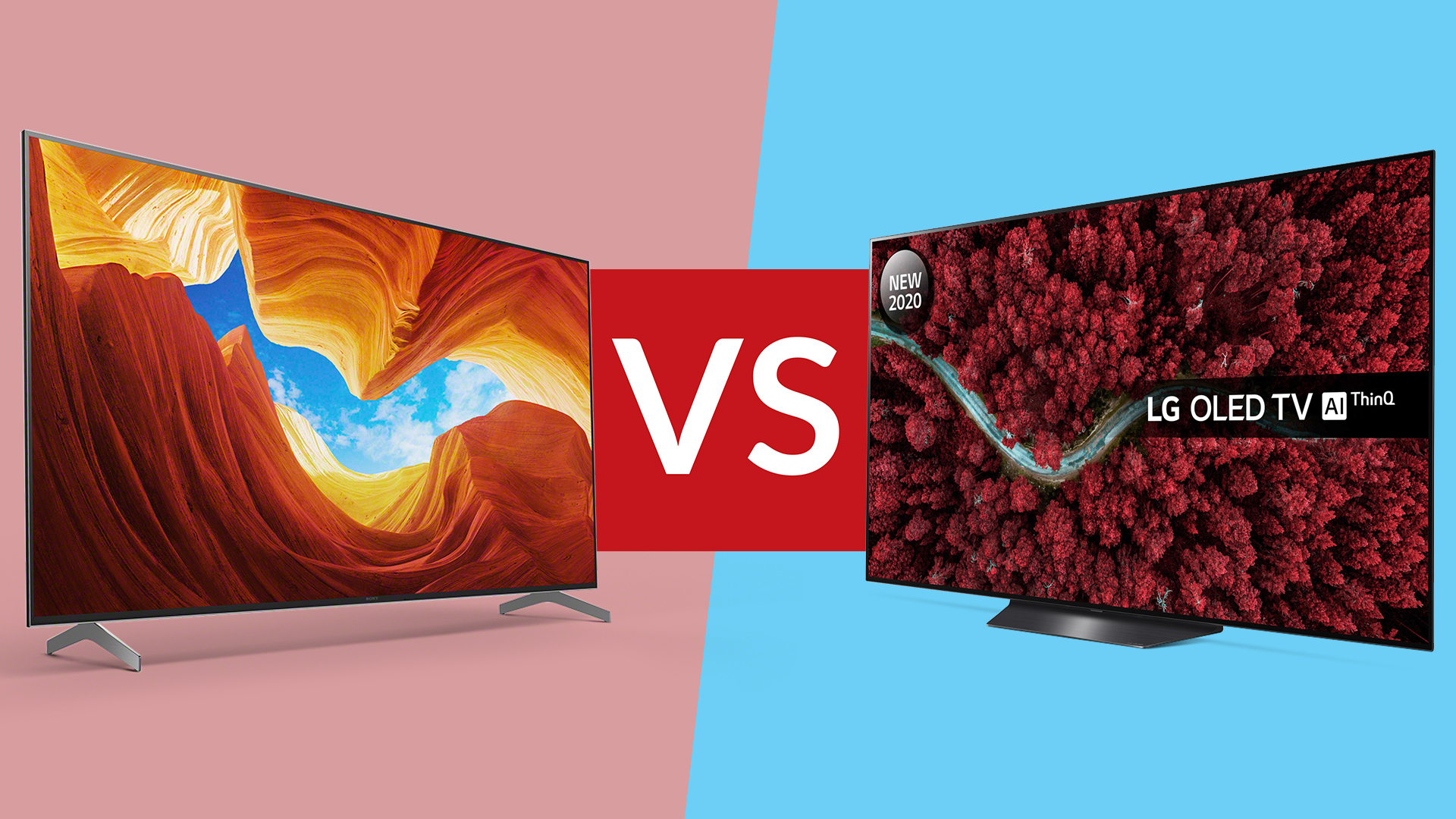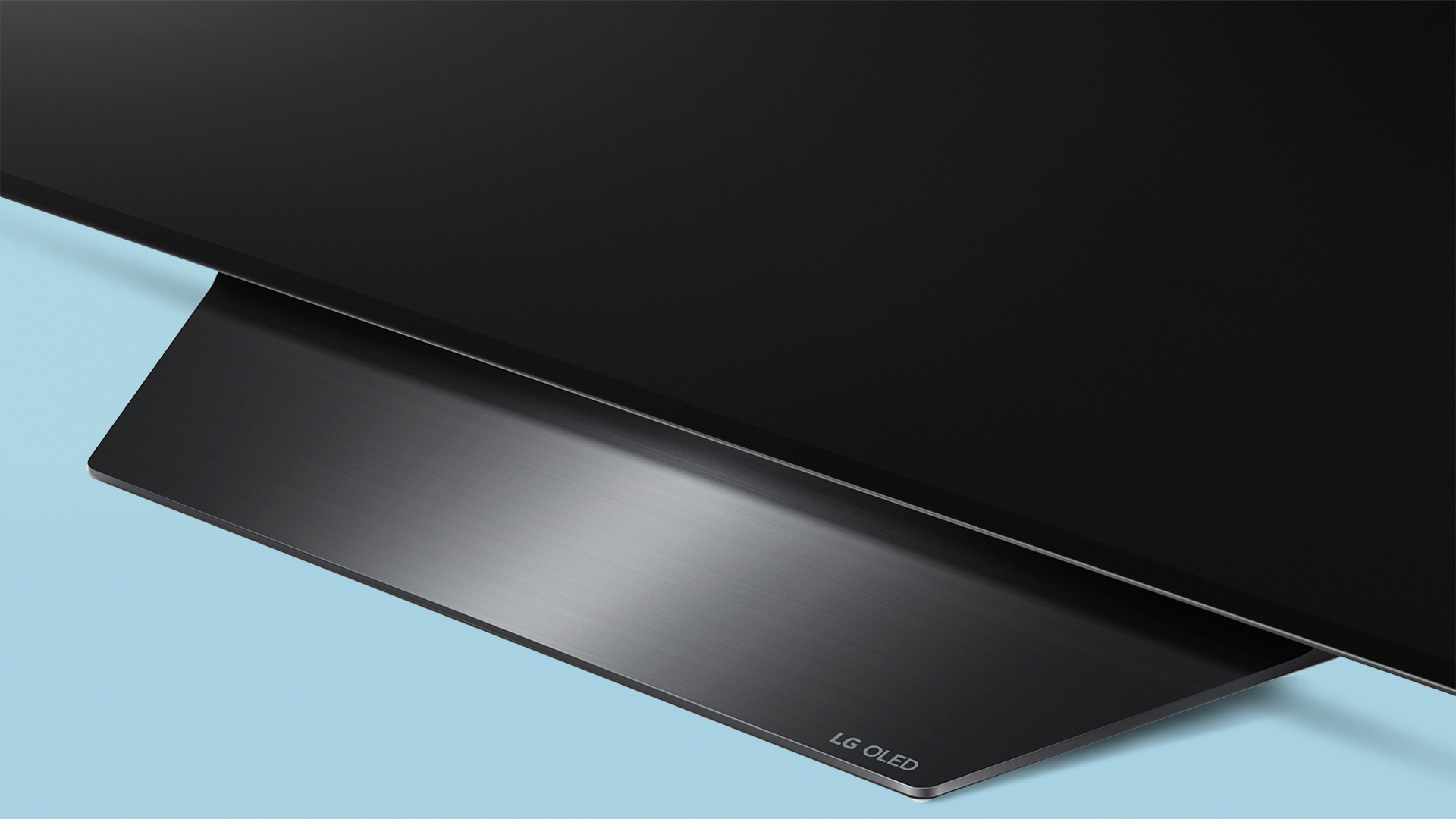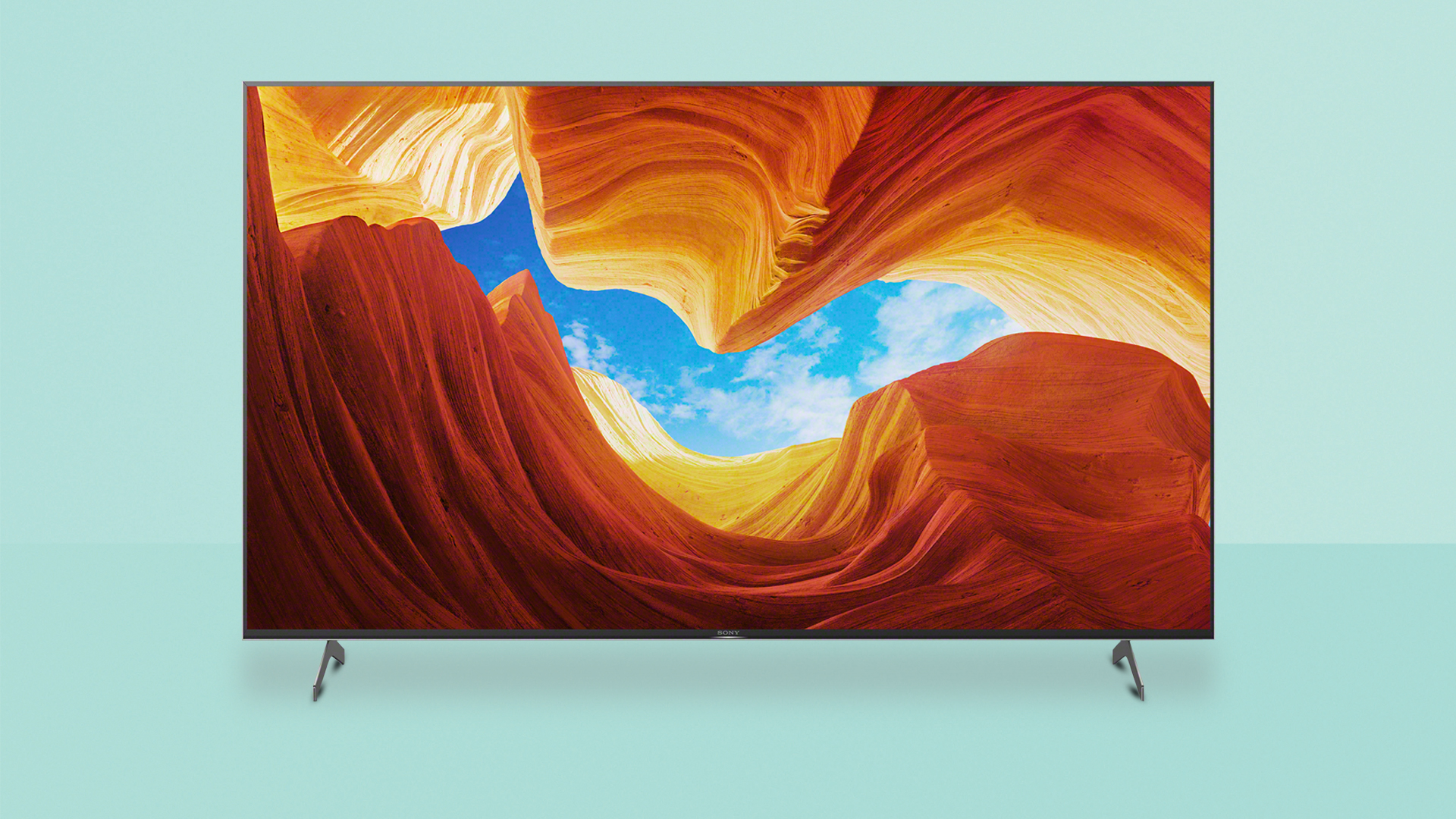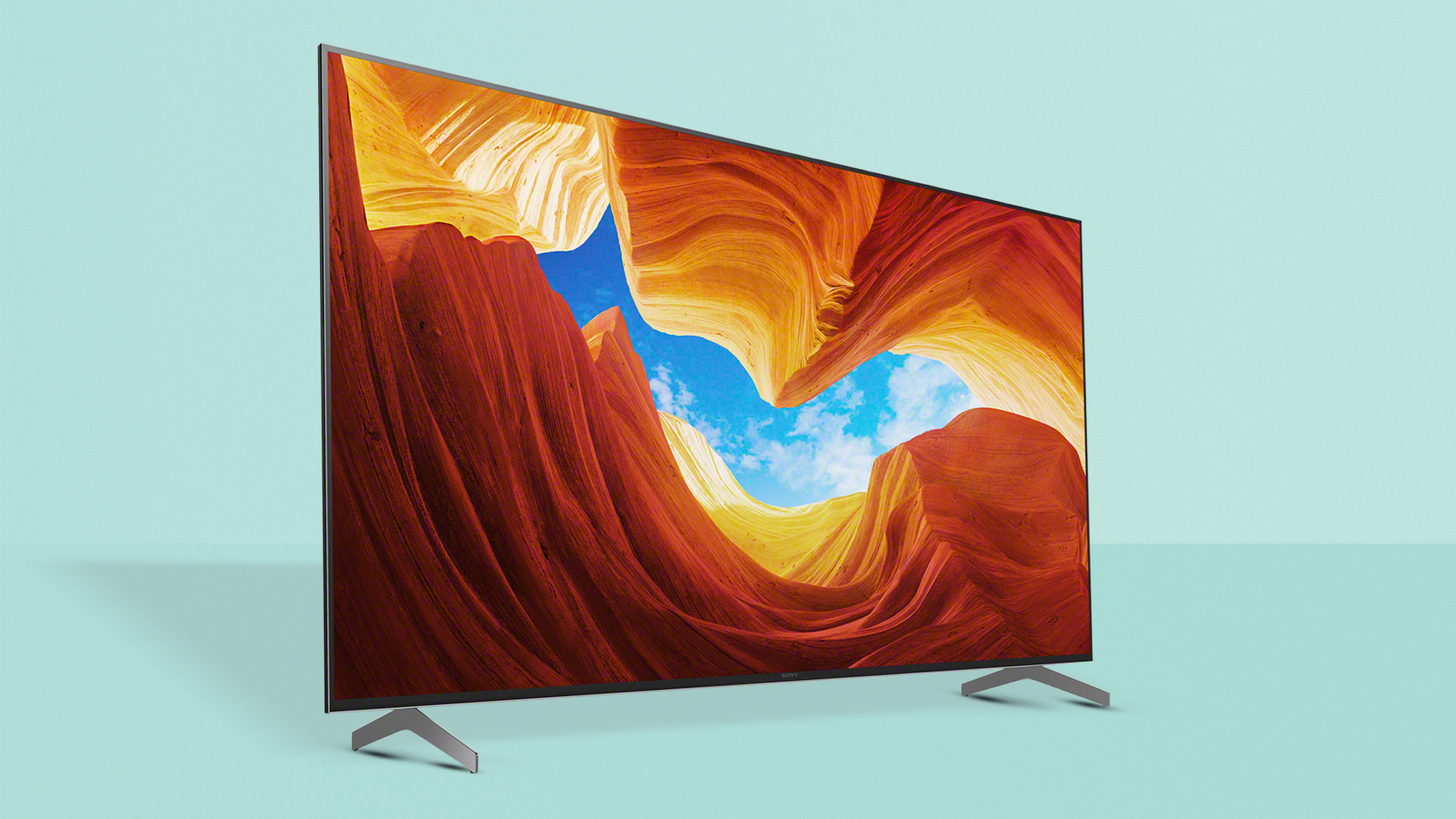
The Sony XH90 (UK)/X900H (US) and LG BX OLED TV are two excellent mid-range TVs that are both ideal for gaming - but which one is the better choice for you? You've come to the right place to find out.
Since the PS5 and Xbox Series X arrived on our shores, more and more people have been looking to buy one the best gaming TVs with HDMI 2.1 support to go with their shiny new console, but not everyone wants to splash out thousands upon thousands on a new set. That's where the mid-rangers come in.
If you’re looking for an OLED TV that won’t max out your plastic, LG’s BX line should be on your radar. Positioned under (but looking like) the massively popular LG CX, it saves you cash by running a third-generation Alpha 7 processor, rather than the more advanced Alpha 9, and it loses out a little brightness.
That aside, there’s little obvious compromise in the cheaper OLED set. The BX boasts ThinQ AI sound and vision enhancement and enjoys the latest webOS smart platform. Most importantly, two of its HDMI ports have HDMI 2.1 features, including 4K 120Hz support, and can handle Variable Refresh Rate (VRR) and Auto Low Latency Mode (ALLM). Our LG BX review will give you an even fuller picture on what's good about it, and what's not.
The Sony XH90/X900H is an LCD screen, but with a direct full array backlight, for stronger HDR brightness and more control over local dimming. It also offers HDMI 2.1 connectivity on two of its ports, with 4K 120Hz available now, and VRR and ALLM promised after an update. For a more detailed deep dive, take a look at our full Sony XH90/X900H review.
These are absolutely two of the best TVs available now, and the Sony is high on our list of the best TVs under £1000 and best TVs under $1000 available now. But which is the better choice for you? Let's dig in…
Sony XH90/X900H vs LG BX: Price

The Sony XH90/X900H.
Both the LG BX and XH90/X900H are very competitively priced, but the XH90 can usually be had for notably cheaper.
Get all the latest news, reviews, deals and buying guides on gorgeous tech, home and active products from the T3 experts
The LG BX is available in 55- and 65-inch screen sizes (OLED55BX and OLED65BX), priced at £1,100/$1,300/AUS$3,499 and £1,600/$1,900/AU$4,799 respectively.
Sony’s XH90 fleet offers greater choice in screen sizes. Models come in 55-, 65-, 75- and 85-inch versions (KD-55XH9005, KD-65XH9005,KD-75XH9005,KD-85XH9005), priced at £1,149, £1,299, £1,899 and £2,799 respectively. In Australia, the same line sells for AUS$1,695, AUS$2,495, AUS$3,495, and AUS$4,995.
In the US, where this Sony TV is known as the X900H, it covers the same screen sizes (XBR-55X900H, XBR-65X900H, XBR-75X900H, XBR-85X900H) with prices running $1,000, $1,400, $2,000, and $2,600.
You can see the latest prices for all sizes below.
Sony XH90/X900H vs LG BX: Design and connectivity

The LG BX.
Our competing TVs share a similar minimalist design language, with thin bezel offering a slim Frame. The LG comes with a neat central stand, while the Sony favours widely spread feet.
The LG BX has four HDMIs, two of which support 4K 120Hz, able to cope with the maximum video output from a PS5 or Xbox Series X. The two remaining HDMIs are regular 8-bit 4K 60Hz inputs. The set is also eARC enabled, delivering lossless audio from screen to connected soundbar or AV system.
The LG even has Nvidia G-SYNC support for PC gaming, plus the HDMI standard VRR (Variable Refresh rate) and ALLM (Auto Low Latency Mode) compliance, plus USB, Wi-Fi and Bluetooth.
The Sony comes close to the LG BX. It too has four HDMI inputs, one with eARC. Two of the HDMI inputs are 4K 120Hz ready, but Variable Refresh Rate and Auto Low Latency compliance is promised to come in an update soon. We also get a pair of USBs, Ethernet, a digital optical output, Wi-Fi and Bluetooth. It lacks the LG’s G-Sync support, though.
In both spec and cosmetics, we think the LG BX sneaks an early lead, but it's not a huge one.
Sony XH90/X900H vs LG BX: Picture and sound performance

The Sony XH90/X900H.
The image processing inside the LG BX may not be as cutting edge as that in the CX models and up, but it’s not half baked. The Alpha 7 acquits itself nicely, offering excellent colour fidelity and dynamic contrast images with all sources.
HDR support covers HDR, HLG and Dolby Vision, the latter with Dolby Vision IQ support (via the Dolby Vision Cinema Home preset), which improves HDR viewing in brighter room conditions.
The X1 processor in the Sony XH90/X900H isn’t quite as smart, but still makes good use of the brand’s 4K X-Reality PRO image processing and object-based HDR remastering. Sony’s upscaling of non-4K content is excellent.
While the LG’s self-lit pixels provide optimum precision in terms of contrast clarity, Sony’s Full Array backlight manages to showcase overall image brightness, with only minor blooming apparent.
For many, the biggest point of difference between the two models will be Image retention. It’s an issue for OLED, particularly when gaming. Any static imagery has the potential to leave a residual mark if left unchecked for very long periods of time. However, the Sony XH90 is LED LCD based, and as such does not suffer burn in. OLED burn-in isn't too much of a concern for most people, but if you'll play the same game with unchanging interface elements for really big stretches, it can still creep in.
Sonically, differences between the two TVs is more obvious. The LG puts on a brave face, with a downward firing, stereophonic sound system backed up by 40W of amplification – but you’ll still want to invest in one of the best soundbars at some point.
Sony’s Acoustic Multi Audio system, available on XH90/X900H’s 65-inch model and up, is more muscular and defined. It combines downward firing drivers with extra tweeters up top. Power output is 20W, yet it tops the LG overall. You might even feel like you don't need a soundbar – though you save enough by buying the Sony to afford one anyway…
When it comes to gaming performance, both the LG BX and Sony XH90/X900H deliver a creditable performance. The LG, in Game mode, has an input lag of 14ms, while Sony’s dedicated gaming mode follows at 15ms (both 1080/60).
Sony XH90/X900H vs LG BX: Smart platform

The LG BX.
The Sony includes Android 9 with Chromecast as a powerful combo that misses little in the way of key streaming apps. Netflix, Amazon Prime Video and Disney+ are headline attractions. UK buyers will like the complete range of catch-up services, too. Android TV isn't the most user-friendly platform, but it's far from difficult to use.
The LG BX runs webOS, which is slicker than an otter’s pocket, accessed via the accompanying Magic remote control. There’s a fine selection of streaming apps on board, including (depending where you live) Netflix, Prime Video, Apple TV+ , Disney+, Rakuten TV, Now TV, AppleTV+, YouTube, Sky Store, Britbox, Hulu, Vudu and Twitch.
Unfortunately, there’s no Freeview Play tuner in the UK, which means the set is missing mainstream catch-up TV players.
Sony XH90/X900H vs LG BX: Verdict

The Sony XH90/X900H.
Few TVs seem as evenly matched as the Sony XH90 and LG BX. Both models offer two HDMIs with 4K 120fps support, and both smart platforms are comprehensive and useful.
Picture-wise, the improved dynamics and black level performance of the LG BX offer visible improvements over the full array Sony XH90/X900H. For cinema fans, this makes the LG a winner. For gamers though, the lack of burn-in anxiety on the Sony is important, and Sony has an edge when it comes to upscaling and motion.
So, Sony XH90 or LG BX? All things considered, we’re tempted to call this particular clash of the titans a draw. The Sony is available for cheaper, so perhaps you can let budget be your guide here.
For over 25 years, Steve has been casting his keen eyes and ears over the best that the world of TV and audio has to offer. He was the creator of Home Cinema Choice magazine, and contributes to huge range of technology, home and music titles along with T3, including TechRadar, Louder, Ideal Home, the i newspaper, and more.

